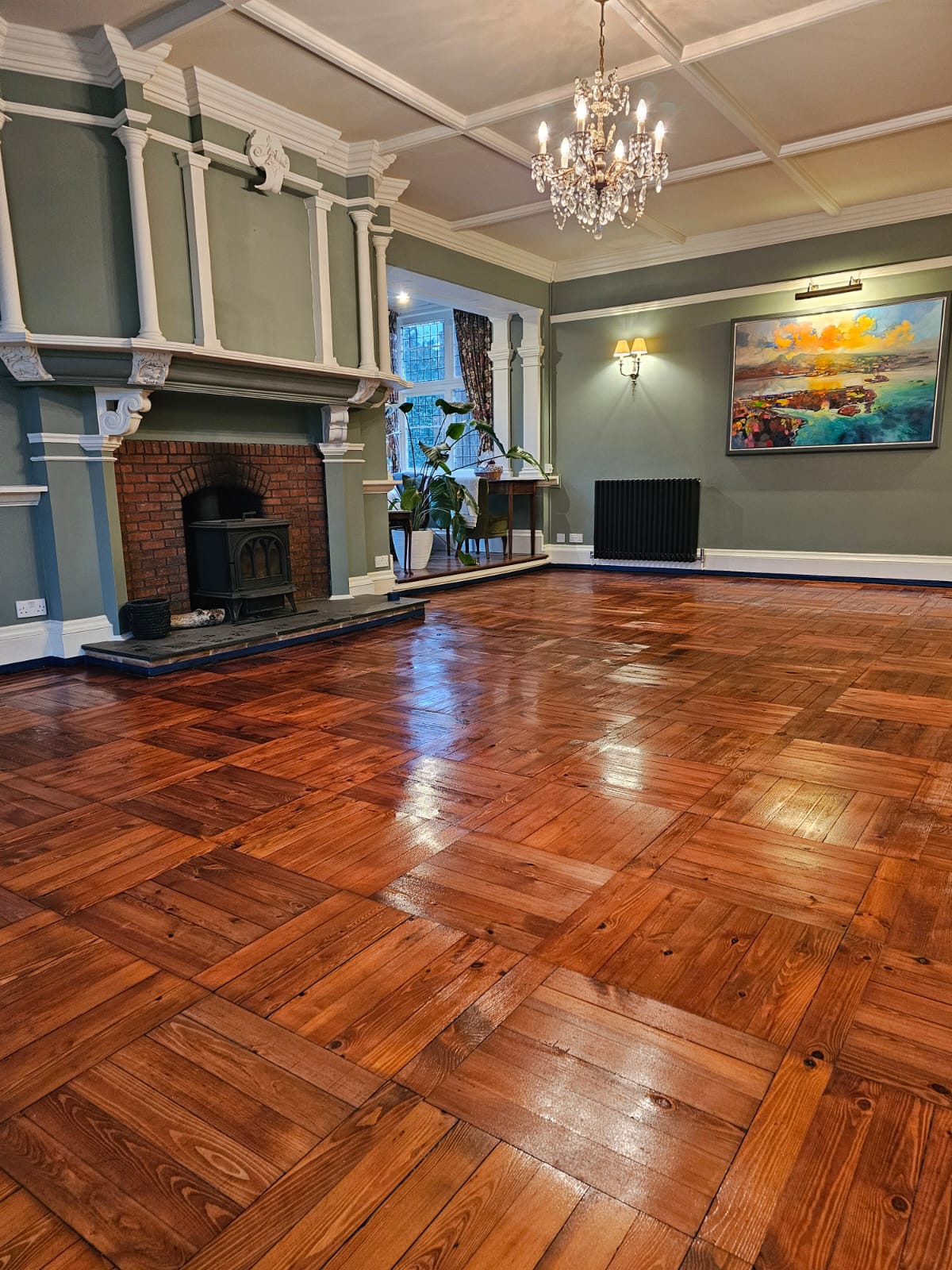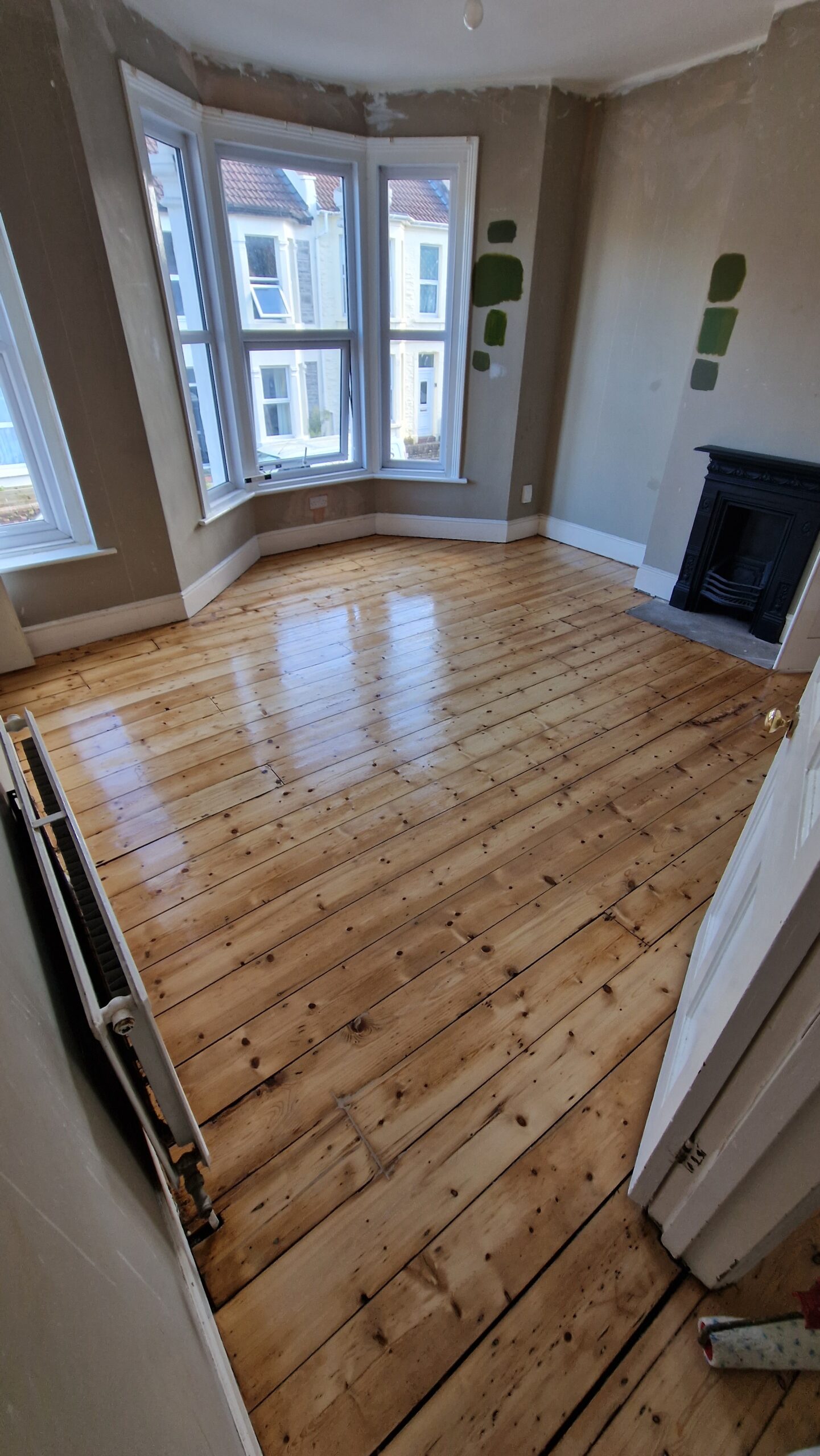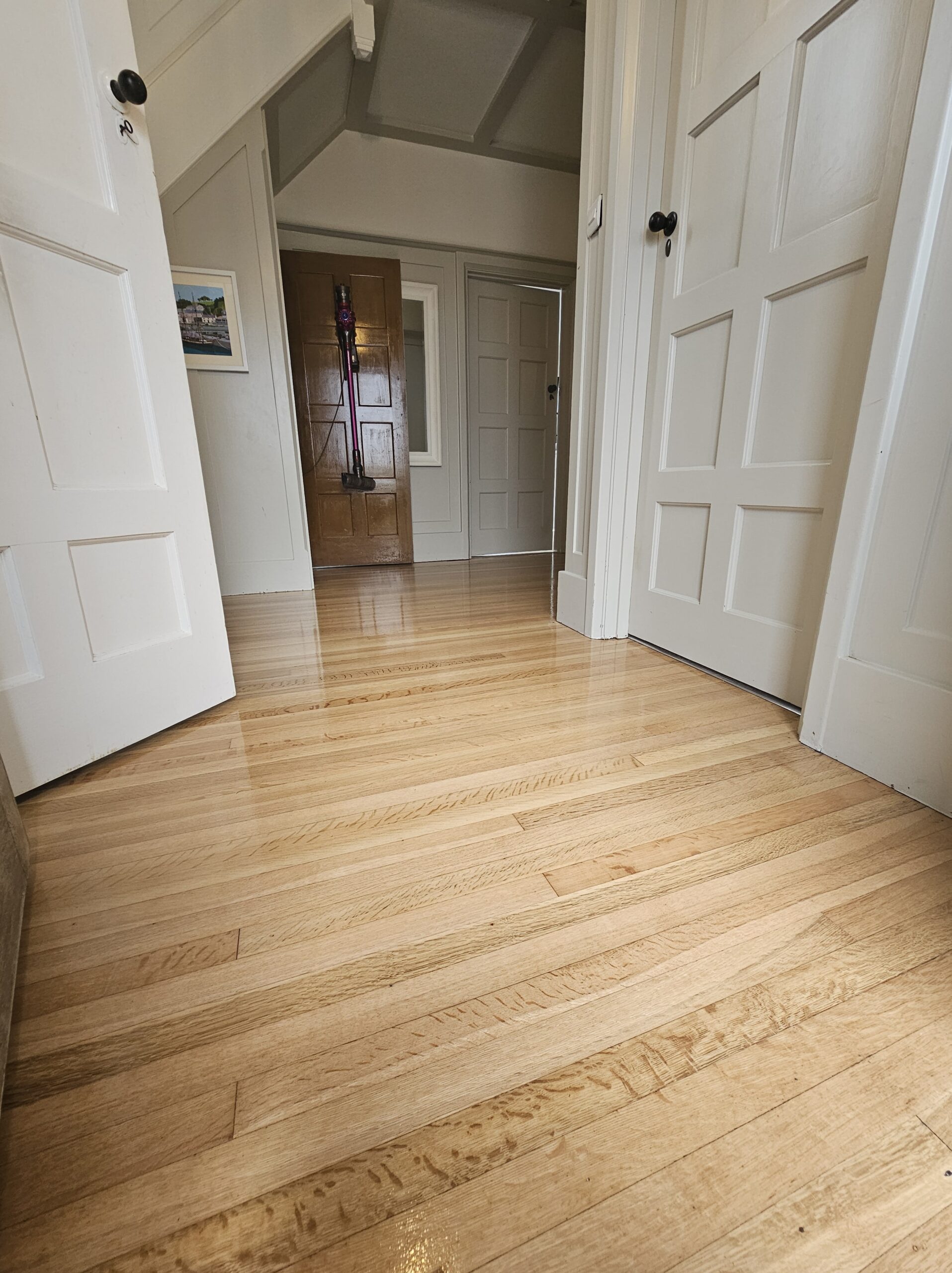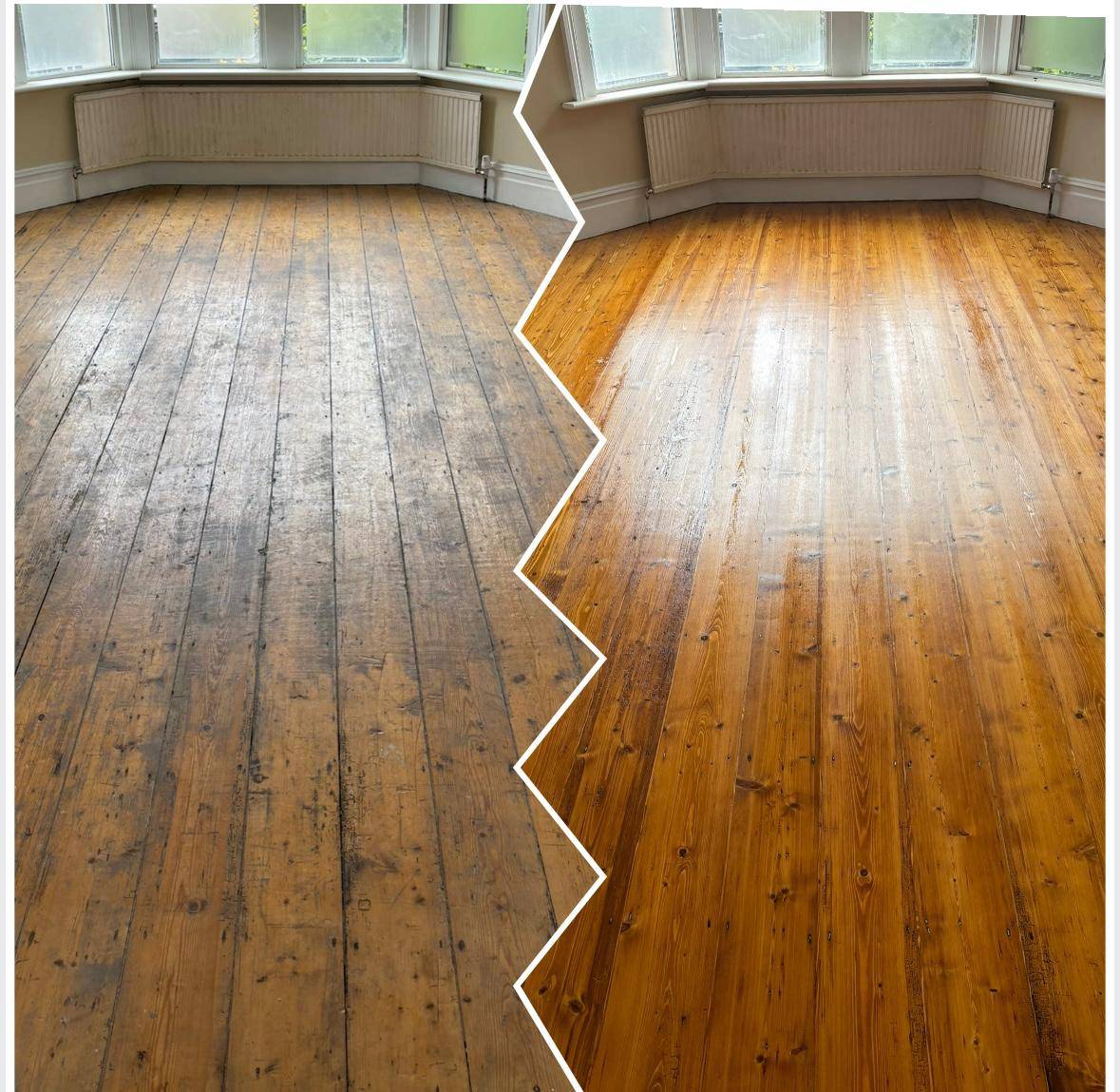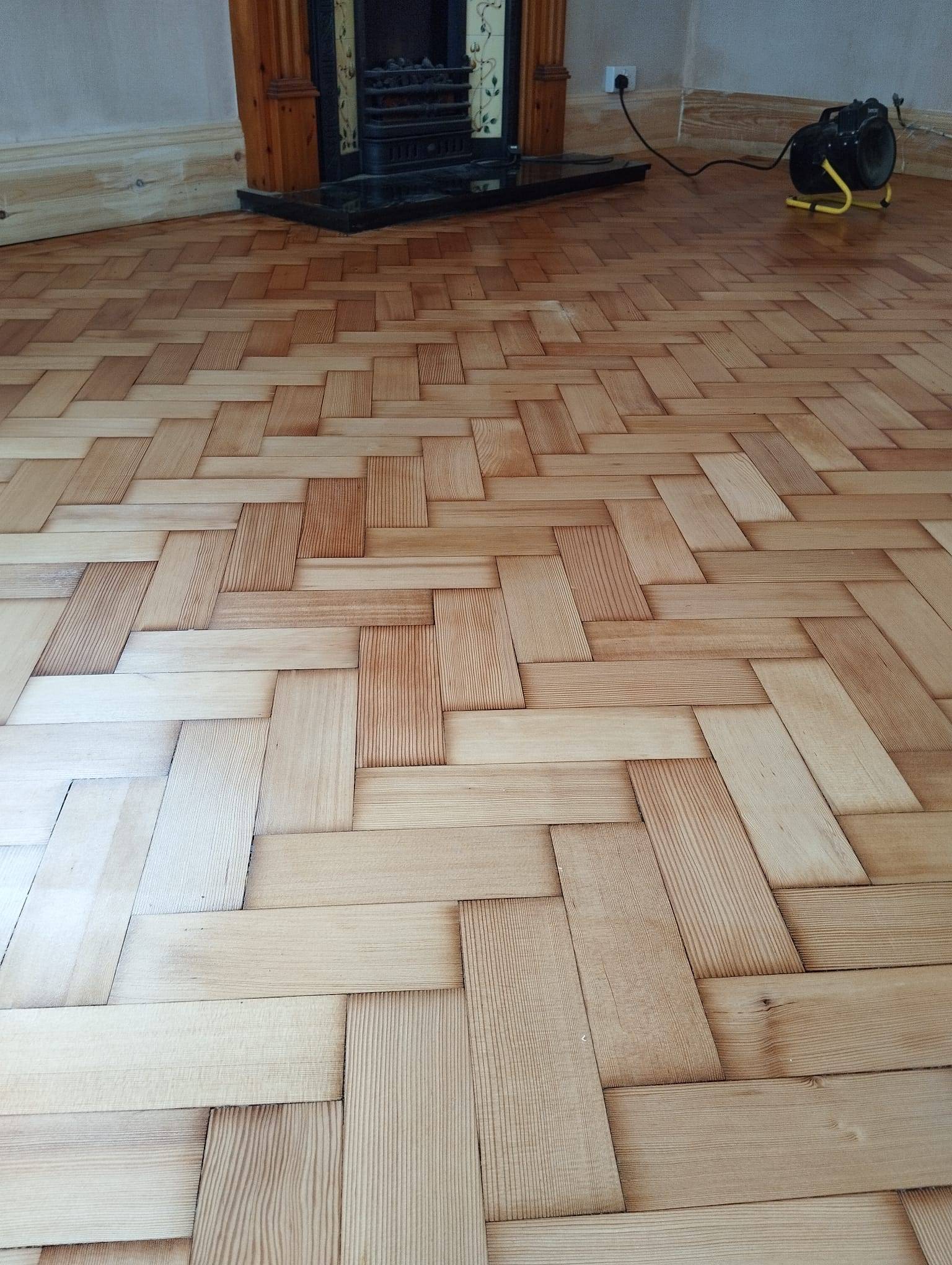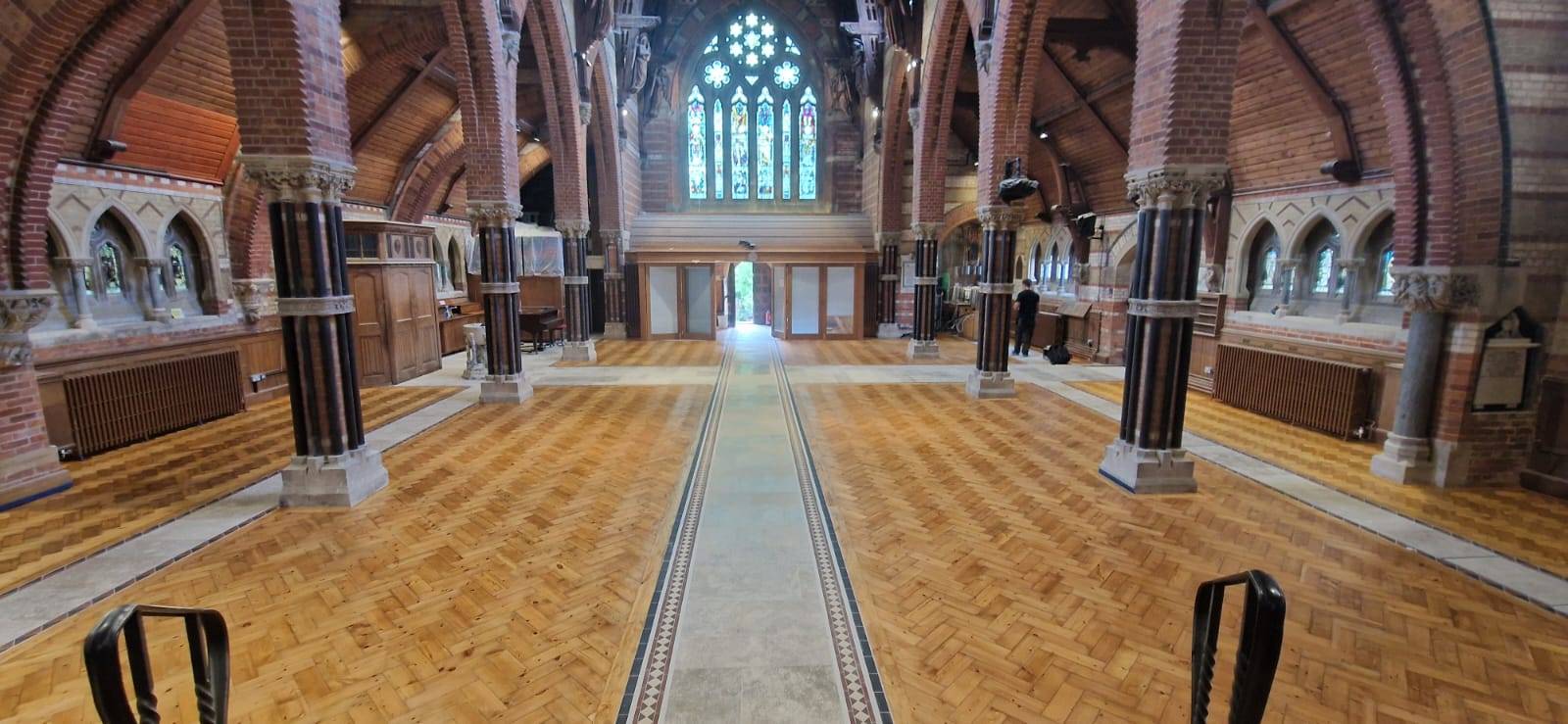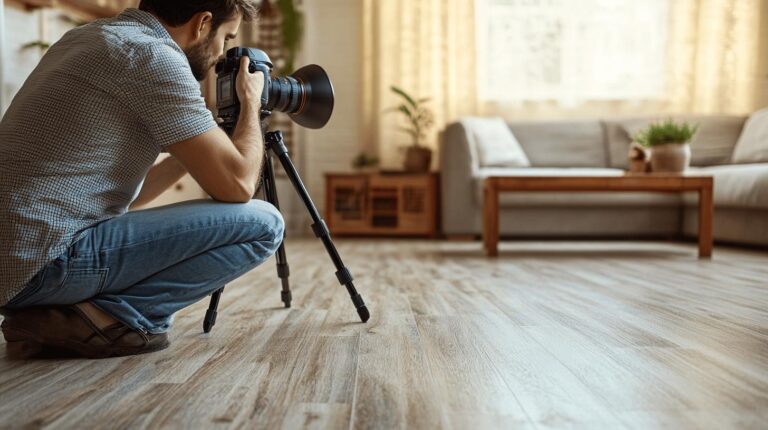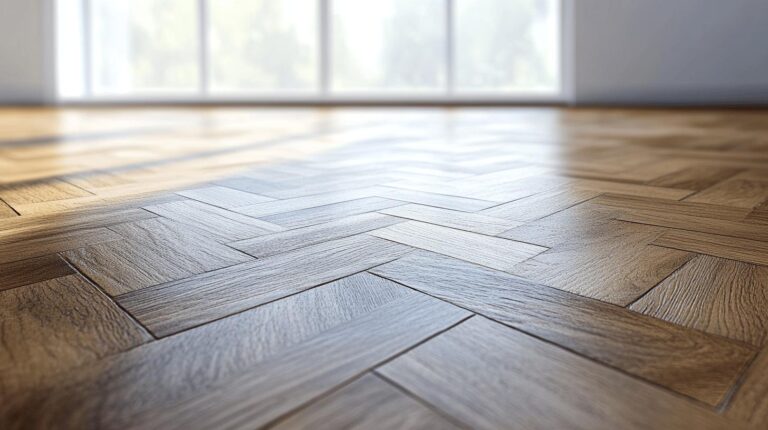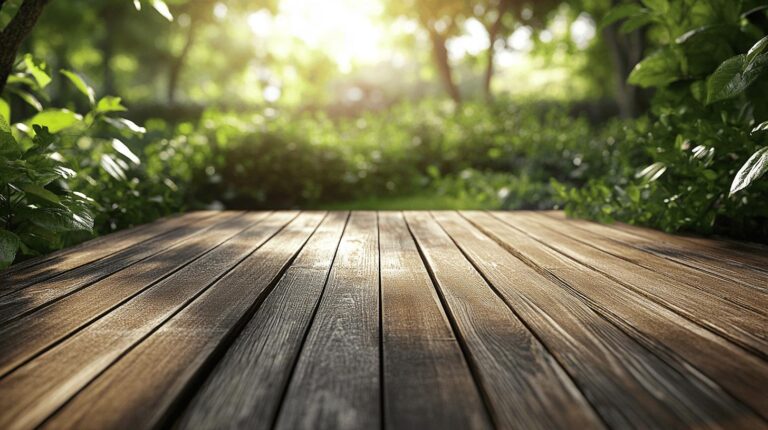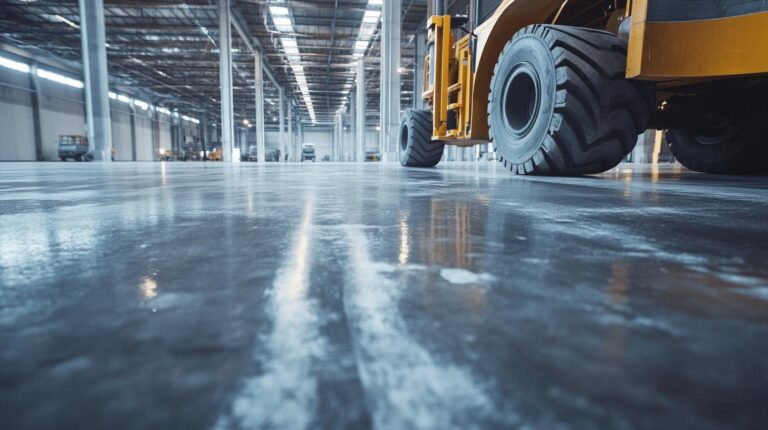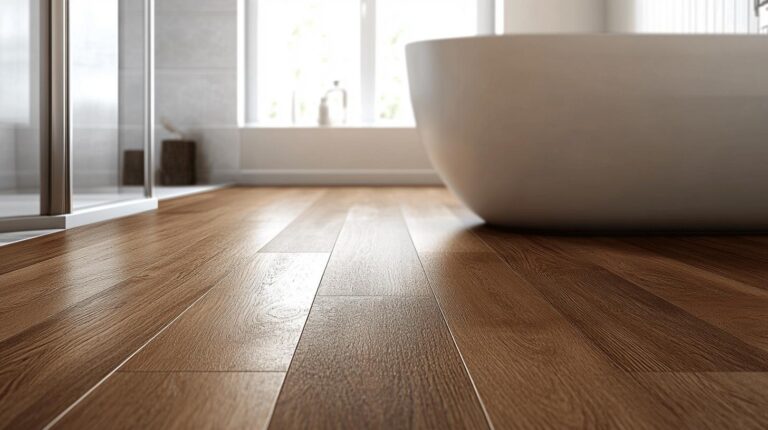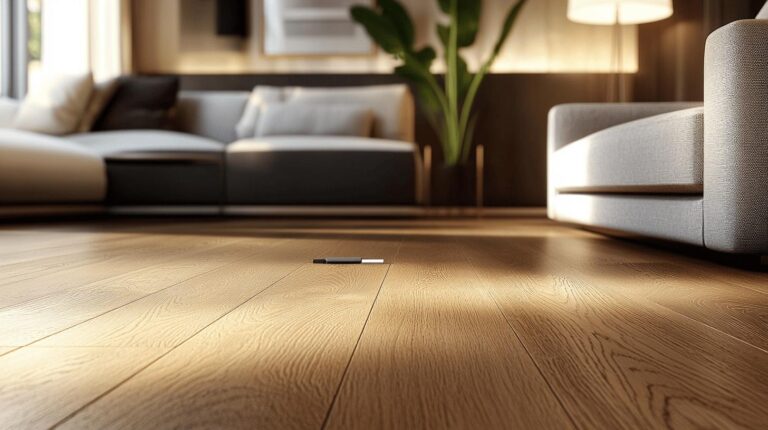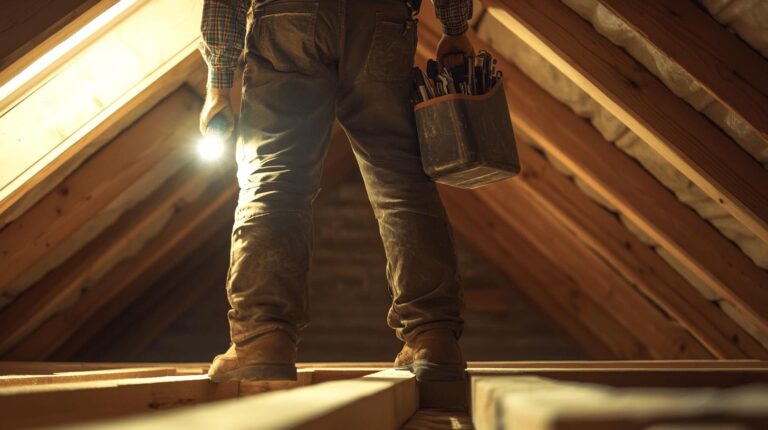When it comes to updating your wood floors, deciding between DIY and professional floor sanding can be as challenging as choosing the right paint colour for your walls. Just as a vibrant shade can transform a room, a smooth, expertly sanded floor can significantly enhance the aesthetic and value of your home. But should you take on the sanding yourself or leave it with skilled professionals who promise precision and lasting quality? This article navigates the nuanced differences between DIY efforts and professional expertise, detailing time efficiency, cost implications, and the impact on your home to help you make an informed decision.
Comparing DIY vs. Professional Floor Sanding
When it comes to time efficiency, professional floor sanding is significantly faster compared to DIY methods. Professionals with advanced machinery and refined techniques can sand approximately 1,000 square feet daily. In contrast, a DIY approach often takes 2 to 4 times longer due to a lack of experience and access to less efficient equipment. This extended timeframe might cause prolonged disruption to daily routines and lead to increased fatigue and potential errors from the DIY enthusiast.
The quality and longevity of the finish are also critical factors to consider. Professional sanding typically results in a superior finish lasting between 7 to 10 years, thanks to specialised skills and high-quality products used during the process. Conversely, DIY sanding often results in a less polished appearance with a finish that lasts only 2 to 4 years. The difference in expertise and equipment access plays a significant role in these outcomes, as professionals spend years mastering their craft and utilising tools that ensure even sanding and optimal finish application.
| Aspect | DIY Sanding | Professional Sanding |
|---|---|---|
| Time | 2 to 4 times longer | 1,000 sq ft/day |
| Cost | Lower initial outlay | Higher upfront cost |
| Quality | Less polished, 2-4 years | High quality, 7-10 years |
| Expertise | Requires learning curve | Years of experience |
Choosing between DIY and professional floor sanding depends on several factors, including the homeowner’s skill level, budget, and project scope. Hiring professionals is advisable to ensure quality and efficiency for those with limited experience or large areas to cover. However, if one has the time, patience, and some prior DIY experience, tackling a more minor or less critical project might be feasible. Ultimately, it’s about balancing personal capability with the desired outcome and the complexity of the task.
Cost Analysis: DIY vs. Professional Floor Sanding
Hiring professionals for floor sanding can involve a significant upfront cost, typically ranging from £2 to £5 per square foot, depending on job complexity and location. This cost includes the labour, expertise, and high-quality materials that professionals bring to the table. While this might appear steep, the longevity and superior finish achieved by professionals often justify the expense. With a finish lasting 7 to 10 years, the investment in professional services can be more economical in the long run when accounting for the reduced need for frequent re-sanding.
In contrast, DIY sanding might initially seem more affordable, but the actual savings are often overestimated. Shared expenses for a DIY project include:
- Equipment rental fees, typically £120-£160 per day for items like drum sanders and buffers
- Purchase of sanding papers and finishing products
- Potential repair costs from DIY errors or uneven sanding
- Additional time investment, leading to potential loss of income
- Safety equipment and protective gear
Evaluating the overall cost-effectiveness, DIY sanding may save money upfront but at the expense of time, effort, and possibly quality. After considering all necessary expenses, the actual savings are usually closer to 40-50% of professional costs. Professional sanding remains the more viable option for those prioritising quality and time efficiency. However, for budget-conscious individuals willing to invest time and effort, DIY sanding can be a suitable alternative.
Skill and Time Requirements in Floor Sanding
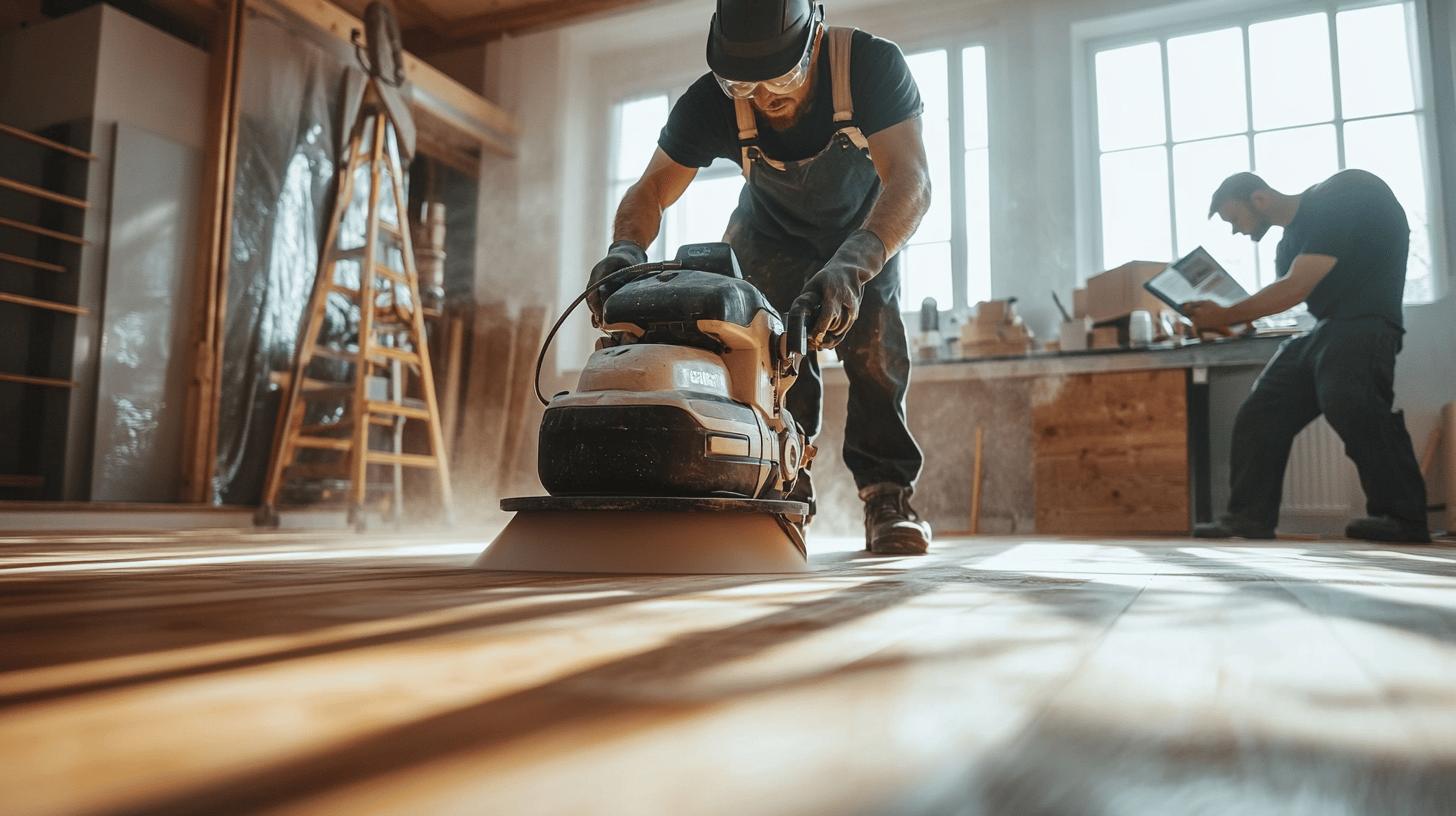
What level of expertise is required for professional floor sanding? Professionals in this field possess specialised skills and employ sophisticated equipment, typically mastering their craft over two years. This extensive training enables them to achieve high-quality results efficiently, handling intricate details and avoiding common mistakes that could compromise the floor’s integrity. Time efficiency is another hallmark of professional sanding, as they can cover approximately 1,000 square feet per day, ensuring minimal disruption to the premises.
How steep is the learning curve for DIY enthusiasts in floor sanding? DIY sanding presents a significant learning curve, demanding a considerable time investment and physical effort. The process is labour-intensive, often requiring more time than anticipated, especially for those unfamiliar with the tools and techniques. DIYers must learn to operate various sanding machines and understand the nuances of sanding techniques to avoid uneven surfaces and damage. This steep learning curve can be daunting and is a critical consideration for individuals contemplating a DIY approach.
How can one determine if they have the necessary skills and time for a DIY sanding project? Assessing personal skills and availability is crucial when considering a DIY floor sanding project. Potential DIYers should evaluate their experience with similar home improvement tasks and their familiarity with power tools. Additionally, the complexity of the project and the time available to dedicate to it are vital factors. Individuals with limited time or experience may find professional services more suitable, while those with ample DIY experience may successfully undertake a DIY project.
Health and Safety Considerations
How do professionals manage dust control and enhance safety during floor sanding? Professional floor sanding services utilise advanced equipment, such as continuous belt machinery paired with mobile extraction units, to achieve virtually dust-free sanding. This approach significantly reduces airborne particles, creating a safer environment, especially for families with children or those with respiratory sensitivities. High-quality tools and adherence to stringent safety protocols ensure minimal risk of accidents or injuries, providing peace of mind and a superior finish.
What safety precautions should DIY sanders take? DIY sanding involves several potential hazards that require careful attention. First and foremost, wearing protective gear, including dust masks, goggles, and hearing protection, is essential to safeguard against dust inhalation, eye injuries, and noise exposure. Handling equipment properly is crucial to avoid accidents, as improper use can lead to uneven sanding or floor damage. Additionally, maintaining a clean work environment and ensuring adequate ventilation can mitigate dust accumulation and reduce fire hazards associated with sawdust. By prioritising safety and thorough preparation, DIY enthusiasts can minimise risks and protect themselves while achieving satisfactory results.
Quality of Finish: What to Expect
Professional floor sanding typically results in a high-quality finish that enhances the aesthetic appeal of wood floors and extends their lifespan. With expertise and advanced tools, professionals can achieve a polished and even surface, ensuring the finish lasts between 7 to 10 years. This longevity is attributed to the precise sanding and the use of superior finishing products. Moreover, professionals offer a range of finishing options to tailor the final look and protection of the floors:
- Oiling: Enhances the wood’s natural beauty and provides water-repellent properties.
- Waxing: Offers a soft, natural look with a subtle sheen.
- Staining: Allows for colour customisation, enriching the wood’s appearance.
- Sealing: Provides a durable protective layer, preserving the wood from wear and tear.
In contrast, DIY sanding often results in a finish lacking the same polish and durability level. A DIY finish might typically last only 2 to 4 years due to limited access to high-end equipment and products. Factors such as uneven sanding, improper application of finishing products, and lack of experience can significantly impact the quality of the finish. Thus, while DIY sanding may offer a sense of personal achievement, the aesthetic and durability outcomes may fall short of professional standards.
Common Mistakes and Challenges in DIY Floor Sanding
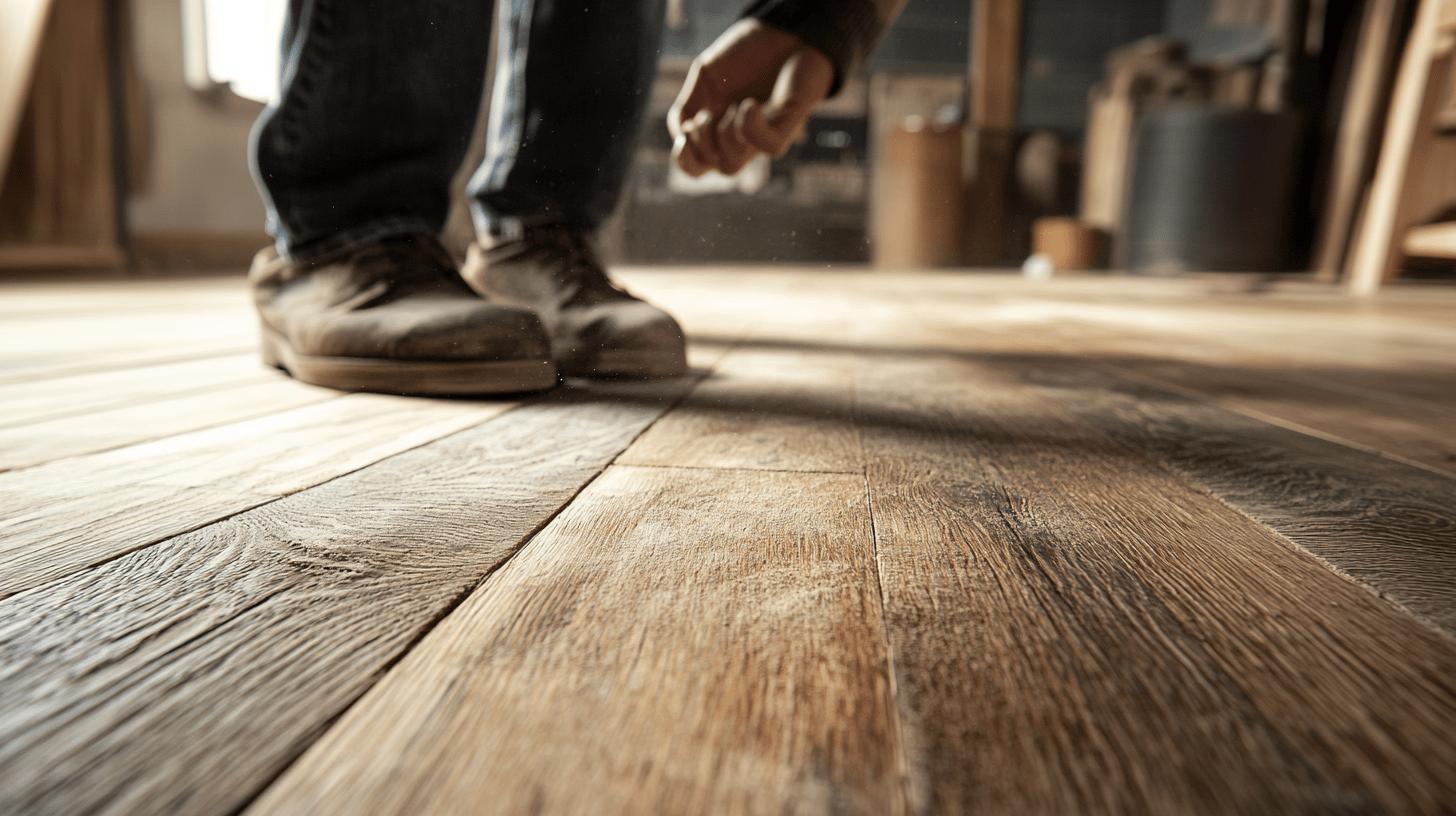
What are the typical errors made by DIYers in floor sanding? Uneven sanding is one of the most common mistakes, often resulting in permanent damage to floorboards, particularly in older or softer wood types. This occurs when the sander is not moved evenly across the surface, creating dips and gouges. Additionally, DIYers might select the wrong grit of sandpaper, which can either fail to remove existing finish or damage the wood. Such errors compromise the floor’s appearance and require costly repairs to rectify.
What are the potential risks associated with DIY sanding? DIY refinishing projects pose several risks, including safety hazards and long-term floor damage. The accumulation of sawdust can create fire hazards if not properly managed, necessitating thorough cleaning and appropriate disposal. Over-sanding is another prevalent risk, which leads to a shortened lifespan for the floor by removing more wood than necessary. Furthermore, inadequate dust control can pose health risks, emphasising the need for protective gear and proper ventilation to ensure a safer working environment.
Choosing the Right Approach for Your Home
How should one evaluate their suitability for DIY floor sanding? Assessing personal skills, available resources, and project complexity is crucial. Individuals with prior experience in similar home improvement tasks and confidence in handling power tools may find DIY sanding a viable option, especially for smaller or less intricate projects. However, those lacking such experience should be cautious, as improper sanding can lead to uneven surfaces and potential damage. Considering the time commitment and physical demands involved, DIY sanding is labour-intensive and might not be suitable for everyone.
Why engage a professional for your floor sanding needs? Hiring a professional is highly recommended for first-time refinishing or more complex tasks. Professionals bring expertise and specialised equipment, ensuring efficient and high-quality results. This approach enhances the aesthetic appeal and longevity of the floors and minimises the risk of costly mistakes. Engaging services from experienced providers like Ryan’s Restoration guarantees a seamless process, offering peace of mind and exceptional outcomes that are difficult to achieve with DIY efforts.
Final Words
When examining DIY vs. Professional Floor Sanding: What’s Right for Your Home?, it becomes evident that professional services offer notable advantages. These include efficient time management, superior finish quality, and comprehensive safety measures. DIY enthusiasts may find gratification in personal involvement, yet the risks of costly mistakes and lesser quality are significant considerations.
Ultimately, the decision hinges on personal skills, resources, and priorities. Engaging professionals like Ryan’s Restoration can ensure a high excellence standard, enhancing aesthetics and value with a reliable and expert approach.
FAQ
Is it better to sand a DIY or professional floor?
A: Generally, hiring a professional yields a superior finish and longer-lasting results due to their specialised skills and advanced equipment. Professionals deliver faster and more efficient sanding compared to DIY attempts.
How much does having a floor professionally sanded in the UK cost?
A: In the UK, professional floor sanding typically costs more than DIY; however, it offers value through expertise and quality. DIY savings are often overstated and are closer to 40-50% after all expenses.
Can I sand my floors myself?
A: Whilst it is possible to sand floors yourself, it requires significant time, effort, and skill. DIY enthusiasts should be prepared for labour-intensive work and a learning curve in mastering sanding techniques.
Can I sleep in my house after refinishing hardwood floors?
A: Sleeping in your house after refinishing floors can be challenging due to lingering odours and fumes. It is advisable to wait at least 24 to 48 hours for the space to ventilate, ensuring a safer environment.

